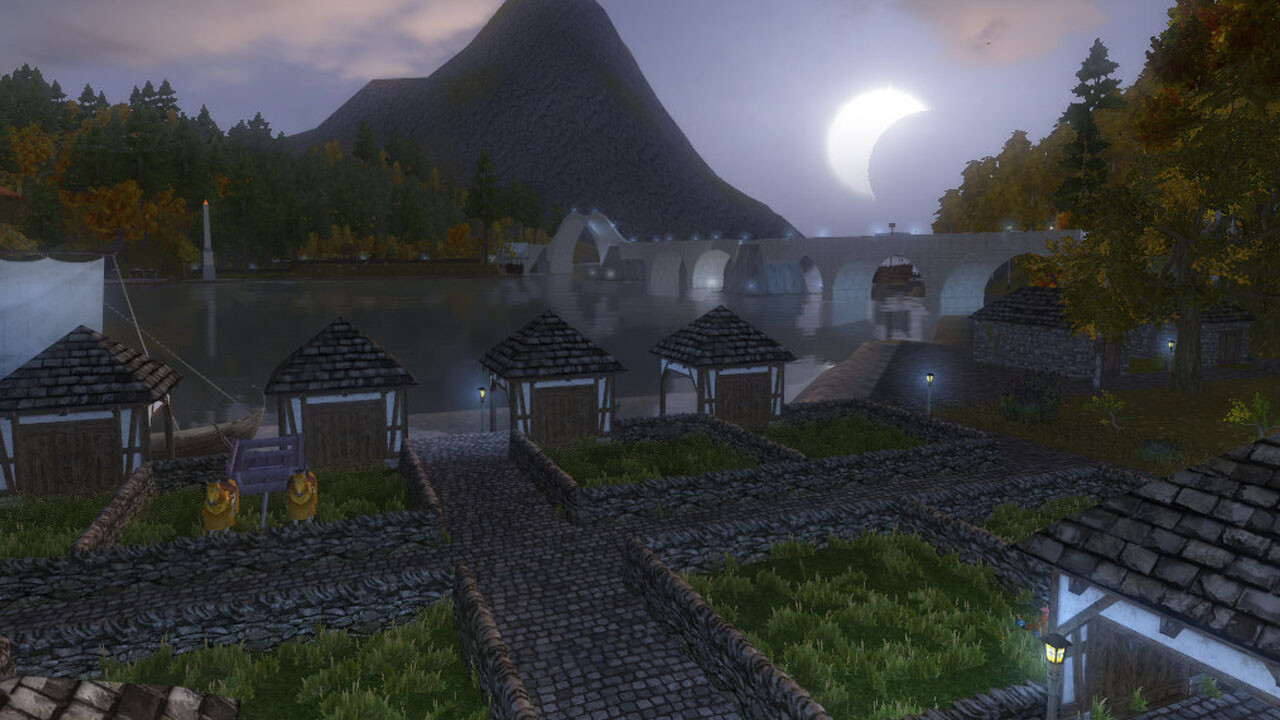

At the international level, cities are becoming of increasing concern: the new United Nations Agenda and Sustainable Development Goals have a clear focus on urban resilience, climate, and environment sustainability of smart cities. Successful mitigation and adaptation to climate change will depend centrally on what happens in cities, as urban areas house the majority of people, assets and infrastructure, and are responsible for about 70% of the world's energy-related CO 2 emissions ( Lucon et al., 2014). On top, as earth's climate will continue to change over the coming decades, projected global warming and aggravated hydro-climatic extremes will hit urban centers especially hard, being a major threat to the health and well-being of human populations and urban ecosystems ( Costello et al., 2009). The magnitude of this risk will increase in the coming decades as it is predicted that global urban land will increase significantly ( Chen et al., 2020), and by 2050, almost 70% of the world's population will be urban dwellers ( UN, 2019). On the other hand, climate change could undercut all of this by exacerbating resource scarcity and putting (vulnerable) communities at risk from a myriad of environmental challenges (e.g., heat waves, droughts, floods, air quality, etc.) ( Baklanov et al., 2018). On the one hand, cities serve as engines of change, drive economic progress and pull more people out of poverty than at any other time in history. Urbanization and climate change may be the two most important trends to shape global development in the decades ahead. In addition, this development will ease the accessibility and dissemination of maps and their metadata. We anticipate this development will significantly ease the workflow of researchers and practitioners interested in using the LCZ framework for a variety of urban-induced human and environmental impacts. As this contribution explains all front- and back-end procedures, databases, and underlying datasets in detail, it serves as the primary “User Guide” for this web application. The web application (available at ) integrates the state-of-the-art of LCZ mapping, and simultaneously provides an automated accuracy assessment, training data derivatives, and a novel approach to identify suspicious training areas.

The LCZ Generator described here further simplifies this process, providing an online platform that maps a city of interest into LCZs, solely expecting a valid training area file and some metadata as input.
#WURM UNLIMITED MAP GENERATOR TUTORIAL SOFTWARE#
In 2015, as part of the community-based World Urban Database and Access Portal Tools (WUDAPT) project, a protocol was developed that enables the mapping of cities into LCZs, using freely available data and software packages, yet performed on local computing facilities. Since their introduction in 2012, Local Climate Zones (LCZs) emerged as a new standard for characterizing urban landscapes, providing a holistic classification approach that takes into account micro-scale land-cover and associated physical properties.


 0 kommentar(er)
0 kommentar(er)
